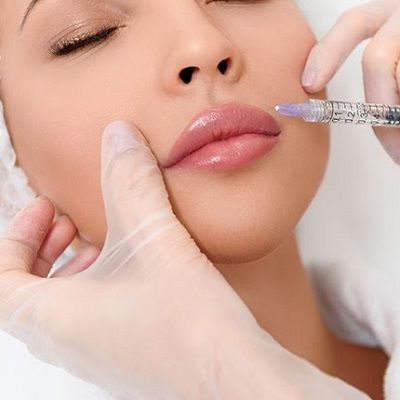Introduction
Botox has become a household name, frequently associated with cosmetic procedures and age-defying treatments. But beyond its popular image as a wrinkle-reducing miracle, Botox is grounded in complex science. Understanding how Botox works AT Botox Clinic in Muscat not only sheds light on its effectiveness but also highlights its broader applications in medicine. This article delves into the science behind Botox, exploring its mechanisms, applications, and the reasons for its success in both cosmetic and therapeutic contexts.
What Is Botox?
Botox is a brand name for a drug derived from botulinum toxin, produced by the bacterium Clostridium botulinum. While the toxin itself is known for causing botulism, a rare but potentially fatal illness, when used in controlled doses, it can provide significant therapeutic benefits. The name "Botox" is a portmanteau of "botulinum toxin" and "x," marking its pharmaceutical branding.
The Mechanism of Action
Neurotoxic Effects
Botox works by targeting the nervous system. It achieves this by blocking the release of acetylcholine, a neurotransmitter that nerves use to communicate with muscles. Here’s a step-by-step look at how Botox interferes with this communication:
- Injection and Absorption: When Botox is injected into a specific muscle, it gets absorbed into the nerve endings nearby.
- Inhibition of Acetylcholine Release: Once inside the nerve endings, Botox prevents the release of acetylcholine by breaking down proteins that are essential for the neurotransmitter’s release.
- Muscle Relaxation: Without acetylcholine, the muscle cannot receive the signal to contract, leading to temporary muscle paralysis or relaxation.
This muscle relaxation is what smooths out wrinkles in the skin, as the overactive muscles responsible for causing wrinkles are effectively "turned off."
Duration of Effect
The effects of Botox are not permanent. Typically, the muscle paralysis lasts between 3 to 6 months, after which the nerve endings regenerate and the muscle function gradually returns. This temporary effect is desirable for many patients, as it allows them to adjust their treatment as needed and reduces the risk of long-term side effects.
Cosmetic Applications
Wrinkle Reduction
The most well-known application of Botox is for cosmetic purposes, particularly for reducing facial wrinkles. The toxin is injected into targeted muscles to diminish the appearance of dynamic wrinkles, such as crow's feet, frown lines, and forehead lines. By relaxing these muscles, Botox smooths out the overlying skin, resulting in a more youthful appearance.
Eyelid and Brow Lifting
Botox can also be used to subtly lift the eyebrows or correct eyelid drooping. By injecting Botox into specific muscles around the eyes and forehead, cosmetic practitioners can create a lifting effect, enhancing the overall facial appearance without the need for invasive surgery.
Therapeutic Uses
Medical Conditions
In addition to its cosmetic benefits, Botox has several therapeutic uses:
- Chronic Migraine: Botox injections can help reduce the frequency and severity of migraines by interfering with the release of pain-inducing neurotransmitters.
- Hyperhidrosis: Botox is effective in treating excessive sweating (hyperhidrosis) by blocking the nerve signals that stimulate sweat glands.
- Spasticity and Dystonia: Botox can help manage muscle spasticity and dystonia, conditions characterized by uncontrollable muscle contractions.
- Bladder Dysfunction: In cases of overactive bladder, Botox can relax the bladder muscles, reducing the urge to urinate frequently.
Mechanism in Therapeutic Applications
The mechanism of action for these conditions is similar to its cosmetic use. By disrupting nerve signals, Botox helps alleviate symptoms related to muscle overactivity and pain. The precise dosage and targeted application are crucial in maximizing the therapeutic benefits and minimizing potential side effects.
Safety and Considerations
Side Effects
While Botox is generally safe when administered by a qualified professional, it can have side effects, including:
- Bruising and Swelling: Common at the injection site.
- Headaches: Occasionally reported following treatment.
- Drooping Eyelids: If the toxin spreads to unintended areas.
Precautions
Patients should ensure they are treated by a licensed practitioner with experience in Botox injections. Proper consultation and adherence to guidelines are essential for minimizing risks and achieving optimal results.
Conclusion
Botox's effectiveness stems from its ability to precisely target and disrupt nerve signaling, leading to temporary muscle relaxation. Its versatility extends beyond cosmetic applications to include a range of therapeutic uses, demonstrating its broad impact on both aesthetic and medical fields. Understanding the science behind Botox provides insight into why it works so effectively and highlights its importance in modern medicine. As research continues, Botox may find even more applications, further cementing its role as a valuable tool in both cosmetic and therapeutic settings.
